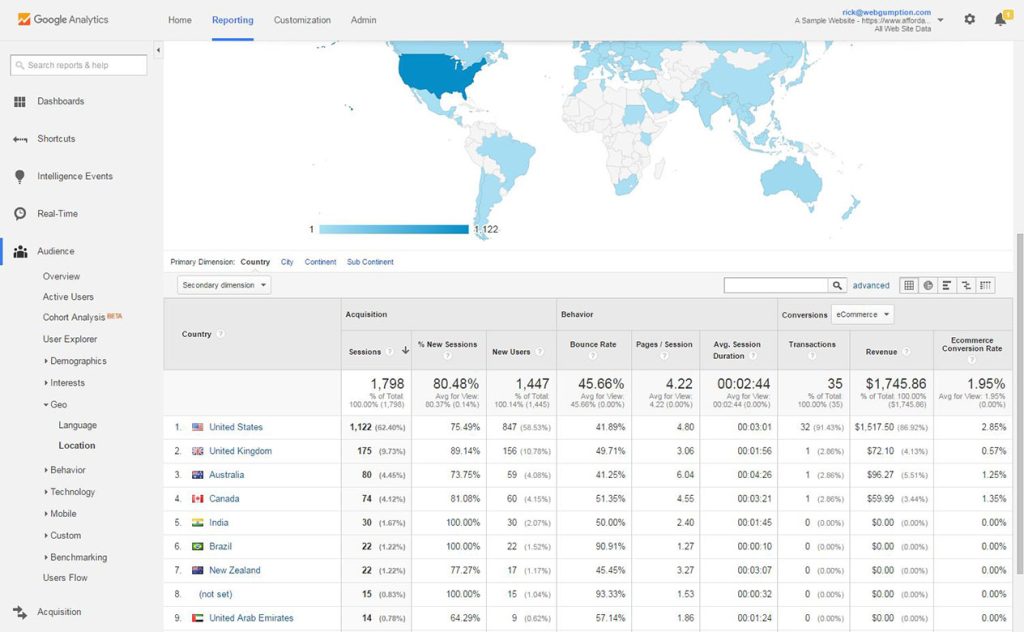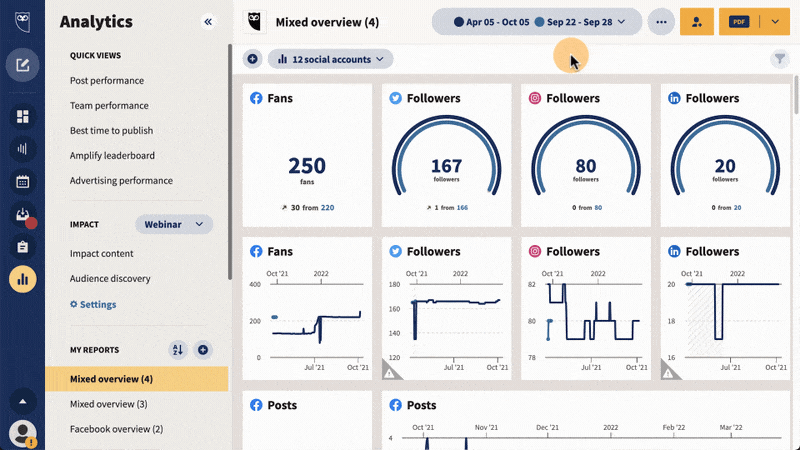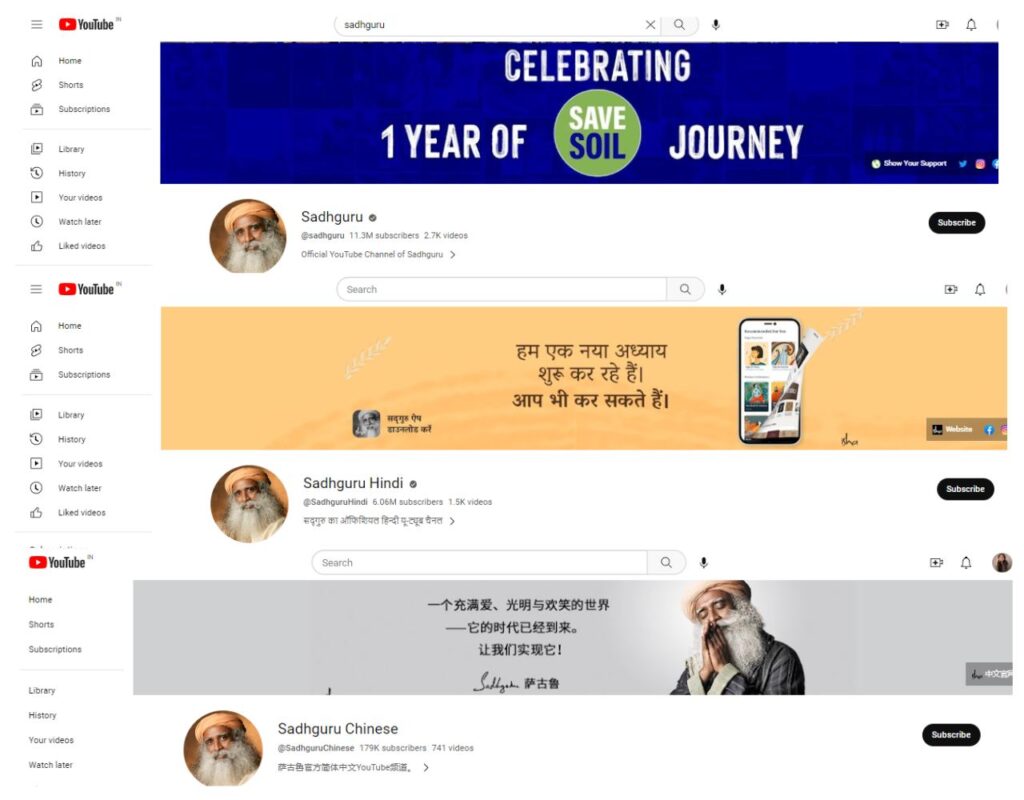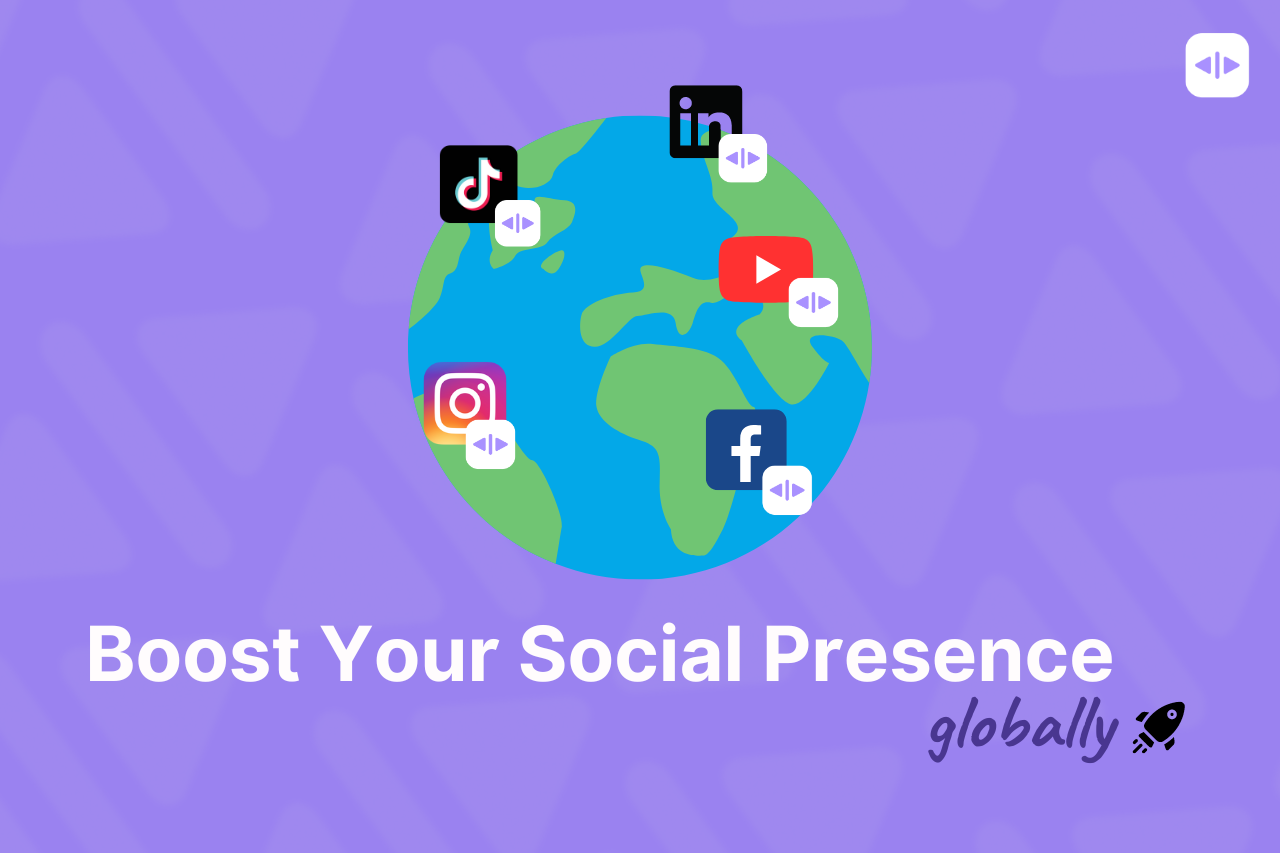Language is your key tool to connect with your audience on a deeper level. But how do you make sure you’re really resonating with them?
Let’s take a lesson from Coca-Cola’s success in Mexico: When the brand first launched in Mexico, it was perceived as an all-American drink. To alter the perception and behavior of the customers, Coca-Cola launched its ads in Spanish.
Results?
Similarly, in 2021, Coca-Cola launched Bengali and Kannada labels on its drinks sold in Southern India, resulting in a heartwarming response from locals.
https://t.co/cwEC5HcU54 they had introduced this yrs ago, now not sure. pic.twitter.com/9djwbCFAT5
— ಕ್ರುಶಿಕ ಎವಿ/Krushika AV (@KrishKrushik) October 17, 2021
The key takeaway is…
Building a multilingual presence boils down to localizing your content to your audience’s language to connect with them meaningfully.
But how can you do it online? How can a brand foster a multilingual presence across its social media channels?
That’s what we will explore in this blog – so let’s dive in!
How to Build a Multilingual Social Media Presence?
Building a multilingual social media presence is similar to gardening — with the right tools and techniques, you can cultivate a thriving ecosystem that appeals to a diverse range of audiences. As a brand, you need to understand your target audience – their preferences and languages and create strategies that ensure your message is communicated clearly to your audience. You must speak your audience’s language literally.
Here are some tips to help you achieve this:
1. Identify Your Target Audience.
Conduct market research on your audience to gather data and find unique insights on your consumer behavior and preferences so you can tailor your content to meet your audience’s needs across regions. You can use tools such as Google Analytics to determine which languages your website visitors use, how many users visit your different language pages, and how international users interact with your website.
Use this data to narrow down the list of your multilingual audience and prioritize the languages and localization of your content accordingly.

2. Create A Localized Content Strategy.
A localized content strategy spans language and culture. Consider the cultural and linguistic differences of your target audiences and tailor your content accordingly. Plan content for special holidays, events, and festivals of that region. Use idioms, phrases, slang, and references that resonate with them. Ensure that your tone and messaging align with the cultural norms of each language.
The key is to modify the tone of voice, imagery, and cultural references as per the audience in each language. Incorporate AI tools into your workflow to speed up content creation, like Dubverse’s Dub, Sub, and Say to convert your content into 30+ languages within seconds. Try Dubverse for free now and see how it can revolutionize your multilingual content creation.
3. Use Social Media Listening Tools.
Do you really know what your audience wants?
Social media listening tools like Hootsuite, Brand24, or Mention help you monitor and track conversations happening in different languages so you know what people are talking about in your industry and tailor your content to address their desires and concerns.

4. Localize, Not Translate.
Translation ≠ Localization
When you translate, you convert the text or speech from one language to another without concerning yourself with culture; but when you localize, you adapt to the cultural nuances of your target audience.
Translating your content is necessary, but localizing it is meaningful.
This includes not only the language in terms of idioms, phrases, and slang, but also the customs, traditions, and values of the target audience. If you have the budget, hire a language expert who knows language and culture inside out.
5. Create A Multilingual Social Media Team.
Although this might not be necessary, having a dedicated multilingual social media team can help you stay consistent with your localization effort in the long run.
Say you’re a brand like Red Bull or Nike with multiple hubs globally. In this case, a multilingual social media team can aid in managing your presence across multiple languages. This team can be composed of native speakers of your target languages, but more importantly, of individuals with a deep understanding of the culture and its evolution. Such a team can monitor your content creation effectively, engage with their native audience, and manage your social media accounts across multiple channels.
6. Develop A Multilingual Social Media Calendar For Project Launches.
Successful social media campaigns are all about timing. Consider culturally significant events and holidays to plan the content you might want to produce for a particular target audience beforehand. Create a multilingual calendar that outlines when and where you will post content in each language to stay organized and post content at the right time on the right platform.
7. Optimize Your Social Media Profiles.

Make sure that your social media profiles are optimized for each language. Your profile picture, cover photo, and bio should be relevant to your target audience in each language. If you run different pages or channels for different audiences, keep their language and culture-specific. On the other hand, if you follow a single hub approach, ensure it is neutral, unbiased, and resonates with all target groups efficiently.
Additionally, include culturally relevant hashtags in the target language to increase the visibility of your content and make it easier for people to find you.
8. Engage With Your Audience.
It all goes to waste if you do not interact with your audience. Reply to comments, messages, and mentions in a timely and professional manner in their language to strengthen your audience’s trust and loyalty.
Add hashtag challenges to the mix, with rewards like randomly selecting winners for a product or service giveaway to boost popularity.
9. Monitor And Measure Your Performance.
As they say, Rome wasn’t built in a day.
There’s always room for improvement. Your multilingual content strategy would need refining and changes constantly. Track and analyze the performance of your social media effort in each language using tools such as Google Analytics, Hootsuite Insights, or Brand24.
Identify the areas of improvement, what is working, and what is not, and optimize your approach to boost your social media presence in each language.
Start Localization Today!
Building a multilingual social media presence is necessary for brands to stand out and connect with diverse audiences. However, building your localized strategy is an ongoing process that requires consistent and dedicated effort with incredible rewards. By conducting market research, planning strategically, creating localized content, and leveraging AI-powered dubbing tools like Dubverse, you can effectively communicate your message in multiple languages, expand your reach across cultures, and build a global online fanbase and community for your brand.



